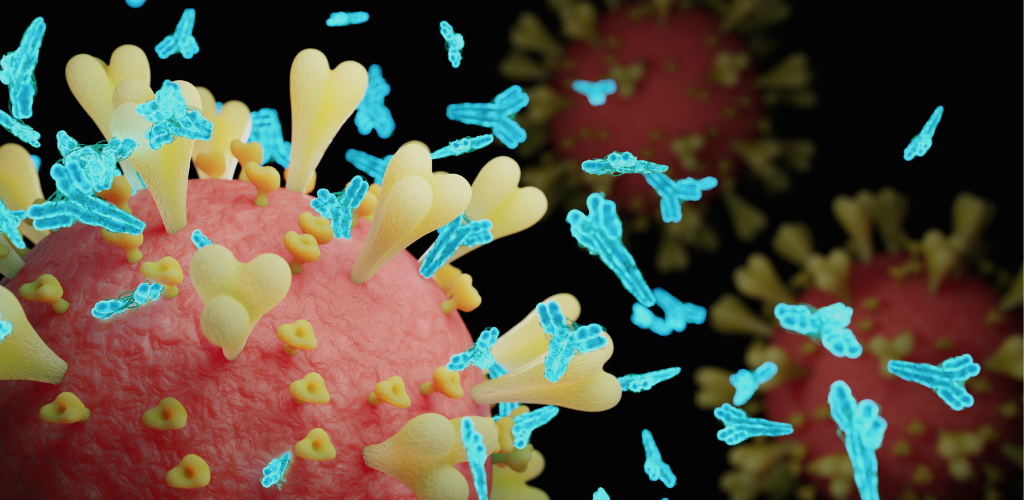Quantum Computing for Drug Discovery
In recent years, quantum computing has emerged as a revolutionary technology with the potential to significantly impact drug discovery. Traditional computers often struggle with the complexity of drug discovery processes, but quantum computing, which leverages the laws of quantum mechanics, holds the promise of tackling these challenges more effectively. This blog will explore the applications […]
Quantum Computing for Drug Discovery Read More »










